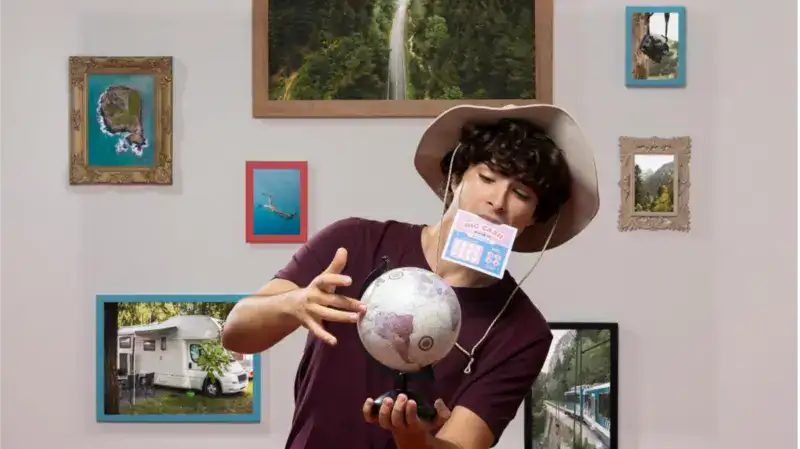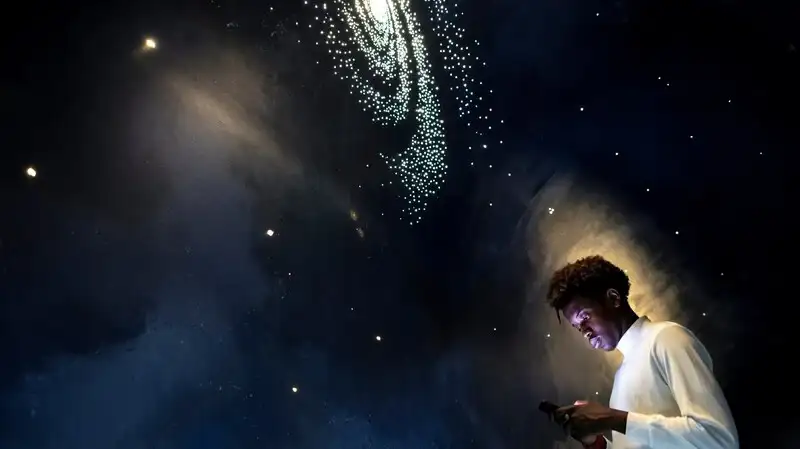In our everyday lives, strands play essential roles, both literally and figuratively. From the biological DNA that defines us to the fiber in textiles and the strands of thought that weave together our ideas, the concept of today resonates deeply. This article dives into various types of, their relevance, and their evolving significance in fields such as science, technology, and culture.
1. Biological Strands: The Foundation of Life
One of the most fundamental types of strands exists in our DNA. DNA strands consist of a double helix structure, carrying the genetic information necessary for life. DNA strands not only provide a blueprint for individual characteristics but also connect humans across generations. This complex molecule plays a role in inheritance, evolution, and even medical advancements as scientists use DNA strands to create genetic therapies and explore new medical solutions.
In recent years, the study of DNA has gone beyond medical applications. Ancestry and genealogical testing have become popular as people seek to understand their roots. Companies like 23andMe and Ancestry.com use DNA strands to connect individuals to distant relatives and trace genetic history.
2. Strands in Technology: Fiber Optics and Beyond
Fiber optic strands revolutionized communication technology by transmitting data at the speed of light. Made from hair-thin glass or plastic, these allow for high-speed internet and telecommunications, transforming how we connect and share information. The importance of fiber optic only grows as the demand for faster internet increases. Fiber optics are essential to industries like entertainment (streaming services), education (online learning), and healthcare (telemedicine).
In addition to fiber optics, other emerging technologies are experimenting with strands. For example, scientists are exploring carbon nanotubes, which consist of single atomic of carbon atoms. These nanotubes could enhance everything from computing to space exploration due to their strength and conductivity.
3. Textile Strands: The Foundation of Fashion and Utility
Textile strands create the fabrics we wear, the upholstery on our furniture, and even the industrial materials that protect and support us. Natural fibers such as cotton, wool, and silk have been essential for millennia, and the textile industry has significantly influenced culture and commerce.
In recent years, there has been a shift toward sustainable and eco-friendly textiles. Biodegradable fibers, recycled materials, and innovative plant-based options are becoming more popular. These sustainable not only reduce environmental impact but also create economic opportunities in green technology. Major fashion brands are now adopting these fibers, which aim to lessen waste and pollution, marking a new era for textile.
4. Strands of Thought: Connectivity in Culture and Knowledge
“Strands” can also describe the figurative threads of ideas and “strands today” thoughts that shape our world. In literature, film, and art, creators use thematic strands to convey messages, connect plots, and build narratives. These strands influence how we interpret stories, relate to characters, and understand complex concepts.
In education, connecting different knowledge has become increasingly important. Interdisciplinary studies combine different areas, allowing students to approach problems from multiple perspectives. For instance, environmental studies draw from biology, chemistry, economics, and political science, showing that combining of thought can lead to greater insights.
5. Hair Strands: Trends, Identity, and Social Statements
Hair is one of the most visible uses of in human expression. For centuries, people have styled, dyed, and cut hair to reflect personal identity, societal roles, and cultural trends. In modern times, hairstyles continue to serve as powerful statements of identity, with trends in hair changing frequently and being influenced by celebrities, social media, and cultural movements.
Today, hair plays a role in fashion and beauty industries worth billions. Haircare products, salon services, and hair accessories cater to diverse preferences and needs. Technological advances have also transformed hair styling, with innovations like heat-protective products and eco-friendly dyes enhancing how people manage and style their hair strands.
6. Strands in Networking: Digital and Social Connections
In a digital sense, strands also describe the connections we form online. Social media platforms, email networks, and collaborative tools connect individuals and organizations globally. The “strands” of these networks facilitate personal relationships, business transactions, and social movements. Whether we’re sharing ideas on LinkedIn, following news on Twitter, or connecting with friends on Facebook, these have become central to communication and community-building today.
The growth of digital networking has led to increased awareness and activism around critical global issues, as people can connect over shared concerns. From raising awareness for social justice to crowdfunding for charitable causes, digital empowers communities to make positive changes.
7. Environmental Strands: The Interconnectedness of Ecosystems
In nature, takes on a larger meaning, describing the interconnectedness of ecosystems. This concept underscores how individual species rely on each other to maintain balance. The delicate of ecosystems include relationships between plants, animals, climate, and terrain. When one element shifts, it can ripple through the environment, impacting biodiversity and sustainability.
The need to preserve this environmental is more pressing than ever. Conservation efforts focus on protecting ecosystems by maintaining their integrity. Practices like reforestation, wildlife preservation, and reducing carbon emissions all aim to support the ecological that are crucial for a balanced environment.
Conclusion: Embracing the Strands of Today
The concept of “strands” today encompasses a wide variety of fields and aspects of daily life, from biology and technology to culture and ecology. Recognizing the role of in various contexts enriches our understanding of interconnectedness and the importance of each thread that makes up the fabric of our world.
As we move forward, paying attention to these —whether tangible like fiber optics or abstract like thoughts and connections—will enable us to build a future that values sustainability, connectivity, and balance. The strands today form a web that holds society together, weaving a story of evolution, innovation, and hope. See More



